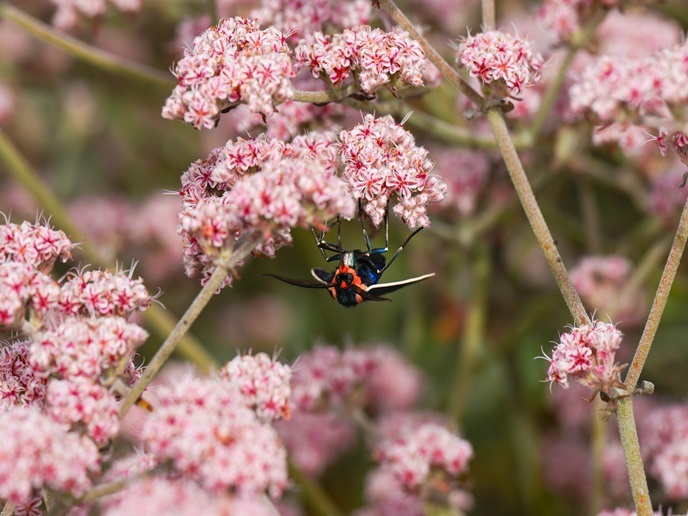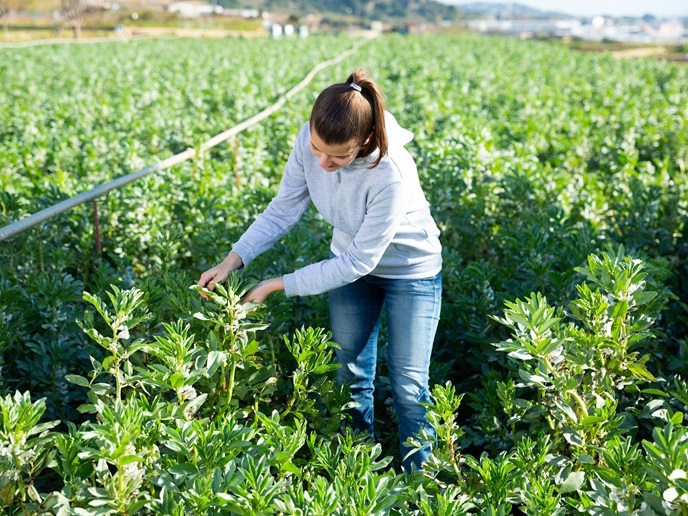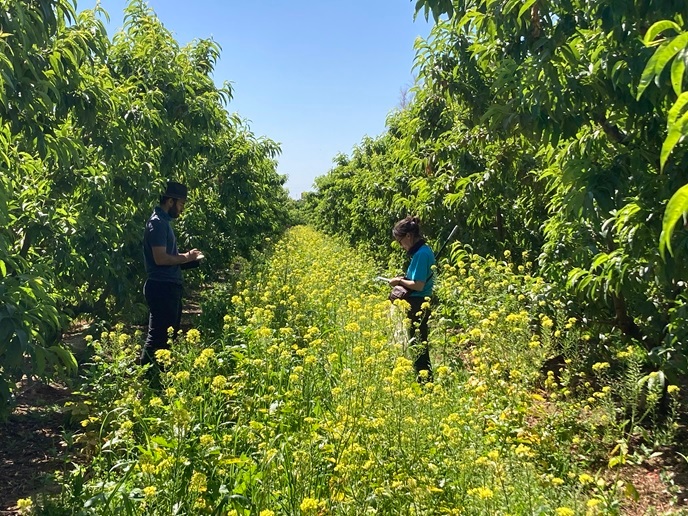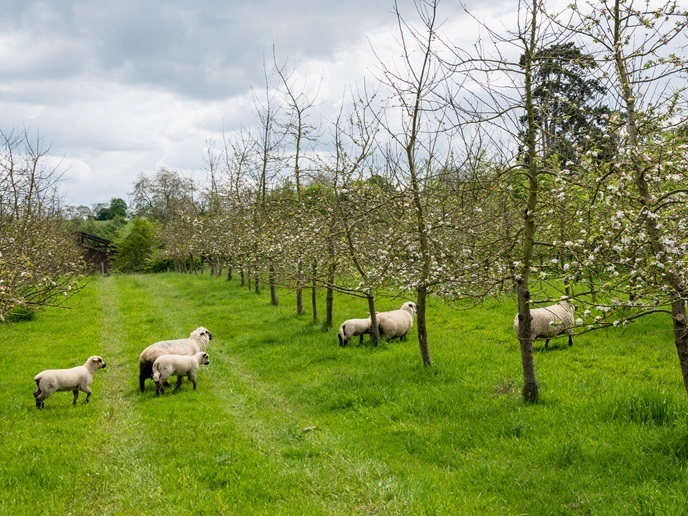Biological breakthrough holds key to better crops
The survival of humanity depends on the maintenance of certain basic resources, including fertile land, fresh water, energy and biodiversity. Unsustainable consumption patterns pose a threat to our ability to feed a growing human population, predicted to reach 9.7 billion in 2050. “If we continue to use our natural resources as we have done, there will soon not be enough arable land or clean water to guarantee the survival of everyone,” explains EpiAGPs project fellow Ana Marta Pereira, a postdoctoral researcher in the Biosciences Department at the University of Milan(opens in new window), Italy. “We need to increase crop yields without further damaging our planet.” Genetically modifying specific crop traits has been shown to achieve enhanced stress tolerance, disease resistance and improved nutritional quality. The use of gene editing technologies however is still tightly controlled in Europe, and genetically modified organisms (GMOs)(opens in new window) continue to raise health and environmental concerns. “If we are to meet growing demand for food, feed, and bioenergy feedstock, then we need to increase our understanding of plant science,” says Pereira. This includes achieving a finer knowledge of the biological processes that regulate plant reproduction. This could help scientists to increase crop productivity and achieve high-quality seed production through selective breeding.
Understanding plant reproduction
The EU-funded EpiAGPs project, undertaken with the support of the Marie Skłodowska-Curie Actions programme, sought to expand our knowledge of plant reproduction. “More specifically, we were looking to provide new insights into the role of a special group of plant glycoproteins known as Arabinogalactan Proteins (AGPs)(opens in new window),” explains Pereira. “These glycoproteins are known to be present in all plants, and are involved in several developmental processes. Our goal was to understand how these molecules function in the reproductive process, and to better comprehend how their activity is regulated.” Pereira focused her studies on Arabidopsis thaliana, or thale cress, a roadside weed. This plant shares many traits with common crops. The idea was that Pereira’s findings could be easily transferred to plant crops, in order to improve food production. A key breakthrough was achieved through the analysis of a mutant line of thale cress that lacked a specific AGP known as AGP4/JAGGER. “JAGGER is an AGP that is necessary to prevent polyspermy(opens in new window) (where multiple sperm fuse with the egg) during Arabidopsis reproduction,” explains Pereira. “Analysing this line of plants provided us with an enormous amount of data about other molecules that could also be involved in the reproductive process.”
Optimising food crops
Through careful analysis such as this, the EpiAGPs project has been able to shed new light into the reproductive functions of AGPs in plants. “We were able to investigate not only how AGPs work, but also how they are regulated during reproduction,” says Pereira. “This is a topic that has never been tackled before.” This information will also help scientists to better understand how AGPs function in other plant developmental processes. “Understanding the fundamental molecular processes that regulate plant reproduction is critical if we are to increase crop productivity and achieve high quality seed production,” says Pereira. “We have shown that this can be done in a sustainable manner through agricultural engineering, helping us to make better use of arable land.”







